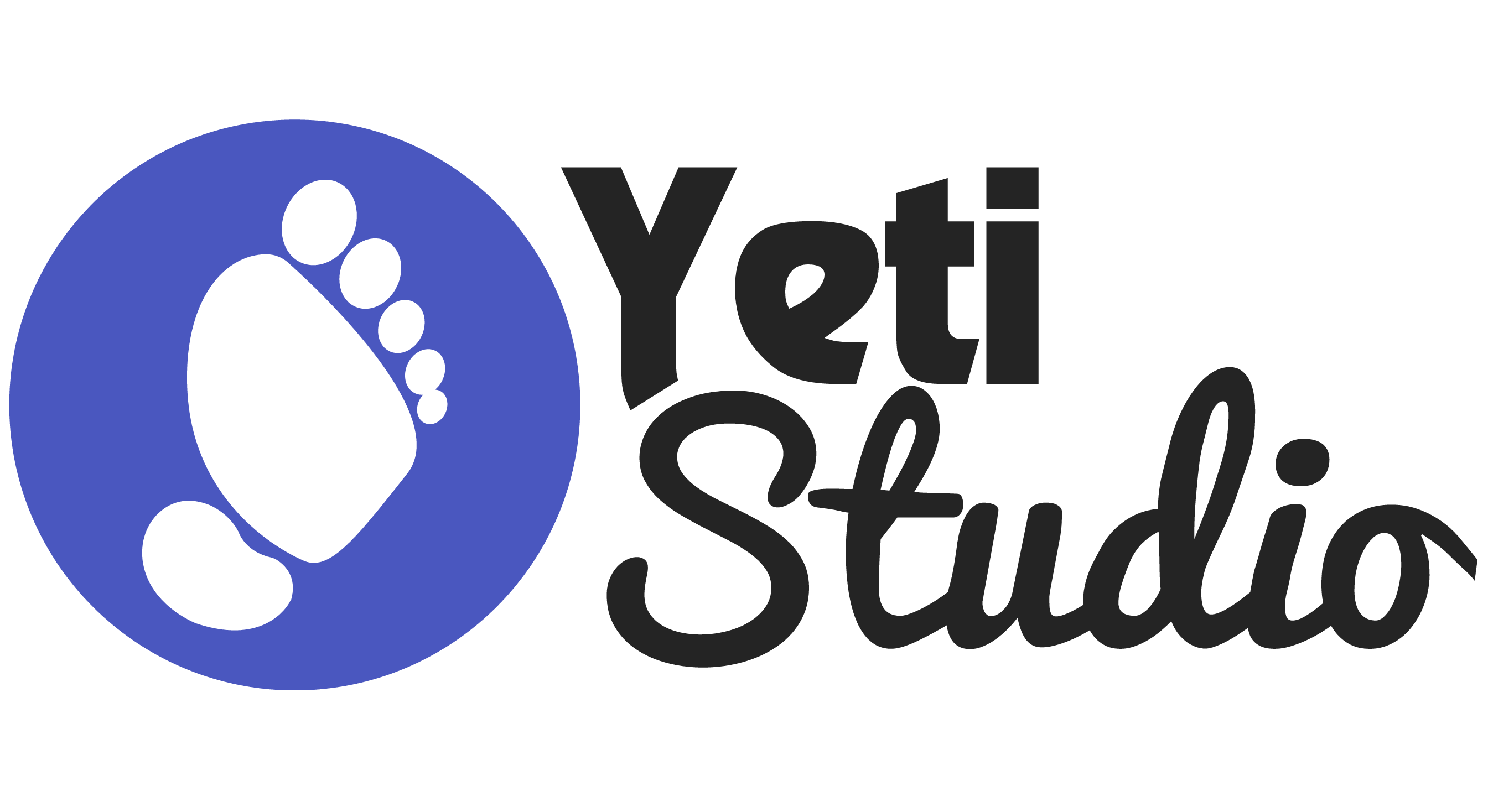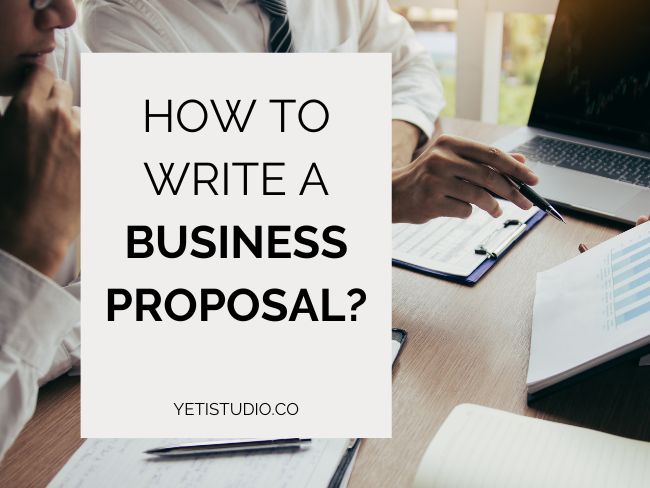Building your own business is an adventure that’s full of promise and excitement. You’ve developed a great product or service, aimed at some potential clients, and the time has finally come to present them with your pitch. Exactly how do you take the vision and translate it into an effective business proposal that charms clients and wins deals?
It’s your business proposal that presents you with the golden ticket to winning clients. This is a document describing what you are about, but it can equally be referred to as one that convinces a client that you are the answer to their needs.
In this blog post, we’ll guide you through step by step process to create a business proposal that gets attention and drives results.
But first, what is a business proposal? Is it really worth our time?
What is a Business Proposal?
A business proposal is the art of storytelling, strategy, and persuasion all in one the client’s needs, and offer effective solutions that truly mean business success. It’s a document in either digital or printed form that explains product or service features, taking into consideration the lead’s needs and wants. It consists of project data, costs, timelines, and product features.
An effective business proposal is crucial in various industries as it serves as a roadmap for potential business deals and strategic partnerships.
Why is an effective business proposal crucial for any business?
A business proposal is an intrinsic tool for any business enterprise eyeing new business partnerships, or investment opportunities. The document outlines your business goals, strategies, and value proposition and presents them before a potential client or investor.
Just by presenting a well-written proposal, you show your professionalism, vision, and dedication to quality solutions. This document underlines your expertise, zeroing in on what exactly your target audience needs and is concerned about, making it easier for them to grasp how your offerings align with the achievement of their objectives.
Effectively, a compelling business proposal can be very instrumental in differentiating the company from its competitors, gaining credibility, and opening the way toward business relationships and successful growth.
Process of writing an effective business proposal
Writing a business proposal can seem to be simple, yet it needs an effective strategy to present your proposal to your prospective clients. An effective business proposal should be clear and concise, and shouldn’t be time-consuming for your clients. It should highlight the solutions to the client’s problem and attract the client through your proposal.
1. Start with a Title Page
2. Table of Contents
3. Write an Executive Summary
4. Body of the Proposal
5. Conclusion
1. Start with a Title page
Your title page is certainly your first impression, make sure it comes off as professional yet inviting. A clean, organized title page speaks for the rest of the proposal.
Be sure to mention, the following:
- Title of your proposal
- Date of submission
- Your company’s name, logo, contact information
- Your name, position, and contact information
- Client’s name, position, contact information

Figure: Business Proposal Title Page Example
Use a professional font and layout that reflects your brand identity. For example, if your brand is modern and full of innovation, then so should the design of your title page: minimalistic design and contemporary fonts.
On the other hand, if it is traditional and reliable, it would go well as a classic design. A title page is not strictly a formality; it allows communicating at one glance the professionalism of the brand and the attention to detail exercised.
2. Table of contents
A table of contents is important to help your reader get through the proposal. It should contain all sections and subsections, accompanied by their respective page numbers. This will not only orient the reader through the document, showing your business proposal to be attentive and meticulous but also allow the reader to easily find the information required.

Figure: Table of Contents Sample for Business Proposal
A well-structured table of contents supports the conclusion that you have really thought through the proposal and, more importantly, respect the client’s time by finding information easily. Make sure that your table of contents is neat and clean, and consistently formatted concerning the rest of the document.
3. Write an Executive Summary
The summary is that part of the business proposal that encapsulates the essence of your offer. This section should be brief, but it has to be powerful. It should sum up the major points of the proposals and present them in such a way that it shall attract the attention of the readers.

Figure: Executive Summary Sample for Business Proposal
Emphasize the needs of the client and how your solution effectively answers such needs. The summary should include a snapshot of the problem, your solution, the benefits of your approach, and why your company is best equipped to offer this solution. This will turn out largely into reasons as to why many clients will opt to read the entire proposal, so let it be persuasive and engaging. Emphasize some of the major benefits that come from the outcomes to attract the interest of the client from the very start.
4. Body of an Effective Business Proposal
Introduce the rest of the proposal. Briefly describe your business, its mission, and what you understand the client wants. This portion should bridge the gap between you and the client by indicating that you’re both on the same page.
This is a space that can be used to introduce what sets your company apart and why you would be the perfect partner for them. Show your experience, skills, and credentials that can help to command credibility. The introduction should be attitude-positive and should make your clients feel confident that you will deliver a successful solution.
a. Problem Statement:
Clearly state the problem or challenge your client faces. Show this with data, testimonials, or even case studies. With an effective business proposal, you can define problem statements and explain to the client that you understand the situation and are well-prepared to handle it.
Elaborate in this section how the problem affects the client’s business and why the solution to be sought is very critical. Show a deep understanding of the problem, and become a trustworthy, knowledgeable, and understanding partner. Add any specific industry insight or trend that contextualizes the problem further.
b. Proposed Solution:
This is the heart of your proposal. Describe your solution, explaining how it will solve the client’s problem. State clearly and concisely how your solution will benefit and produce results for them. Use diagrams, charts, or other types of visualization to clarify the explanation.
Clearly articulate your solution features and what those features mean to the client in real benefits. Discuss innovative approaches or proprietary methods that differentiate your offering from that of the competition. Illustrate proofs or examples of how the solution has worked in similar situations to give confidence in the ability to deliver.
c. Methodology:
Describe the process or methodology that will be employed in the implementation of this solution. Break down, point by point, what this will entail. This section should leave the client feeling confident in knowing you have a solid plan and expertise in its execution.
Outline all phases of the project, including key activities, deliverables, and milestones. Mention the use of tools, technologies, or frameworks and what they are expected to bring towards the accomplishment of the project. One way to do this is through the mention of methodological rigor and attention to detail, which will help ensure that the desired quality in outcomes is achieved.
d. Timeline:
Provide a detailed project timeline, identifying the key milestones and deliverables. This helps the client understand the scope and duration of the project. Be sure to make your timeline realistic and based on the client’s expectations.
An effective business proposal should always provide the start and end dates of the project and any important deadlines. Identify any critical path items or dependencies that may impact the schedule. A decently structured timeline indicates you have put some thought into the planning of the project and are quite capable of managing it. This helps set expectations and gives a clear framework for monitoring progress.
e. Budget:
Present a well-detailed and clear budget, stating every cost involved in the entirety of the project at hand. Identify all the costs and explain every item in those particular categories. This transparency in the budget helps to enhance trust and avoids miscommunication in the future.
You should also include costs for materials, labor, overheads, and any other expenses that might be incurred while writing an effective business proposal Justify every cost to prove that you have thought about the project in its totality. Discuss any cost savings or efficiencies that your solution offers. An all-inclusive and clearly understandable budget is a testament to your acumen for finance and value.
f. About Us:
This is the space for the credentials, experience, and expertise of your company. Don’t forget to mention relevant case studies, awards, and other forms of recognition. You’ll get a chance to be credible and prove that your company is the best fit for the client.
Put in a brief overview of your company’s history, mission, and core values. Highlight key team members and their qualifications regarding the roles they will play during the project. Mention any previous successes or notable projects completed to showcase your capabilities. This part should make the client feel that your company is capable of delivering quality.
g. Testimonials & Social Proof:
Add testimonials and social proof from previous clients that showcase your success. Praise and recommendations enhance credibility and influence in your proposal. Add client quotations who were well-satisfied with the results or some benefits derived from working with you.
Add case studies or success stories, if applicable, which give an elaborate example of your impact. Social proof helps in building trust and confirms to the client that people have genuinely loved your company. It adds a layer of authenticity and showcases the success record, boosted by reviews and experiences.
h. Agreement & CTA:
Close with a clear call to action. Outline the next steps and encourage the client to take action. This could be in terms of scheduling a meeting or signing the agreement, anything that would move the proposal forward. Add an area where the client should sign and date the agreement.
Be sure all relevant legal terms and conditions of the agreement are covered. Make it easy for the client to know what to do next or how they are supposed to proceed.
What a strong call to action does is get the client to act, moving the proposal from argument to action. This should leave them assured and high-spirited to take the next step of proceeding with your solution.
5. Conclusion
An effective business proposal combines storytelling skills, strategic thinking, and attention to detail. Equipped with this comprehensive guide, you will be well on your way to creating proposals that not only engage but convince clients that the solution will be delivered effectively.
Essentially, that would mean coming up with a proposal that is not only informative but also persuading and engaging. It means understanding the client’s needs, clearly articulating your solution, and presenting a professional and thorough document that will significantly improve the chances of winning new business.
Also, visit the following pages you may like:
The Ultimate Guide to SEO and SEM: Key Differences
Unlocking Success: Why KPI and USP Are Crucial for SME Growth
Content Writing Guide: How To Create Engaging Content?
How To Make An Effective Brand Identity For Your Business
Mobile Number: 977-9808271089 (WhatsApp)
Email Address: info@yetistudio.co
Address: Baraha Marg, Dhumbarahi, Kathmandu, Nepal






Comments are closed